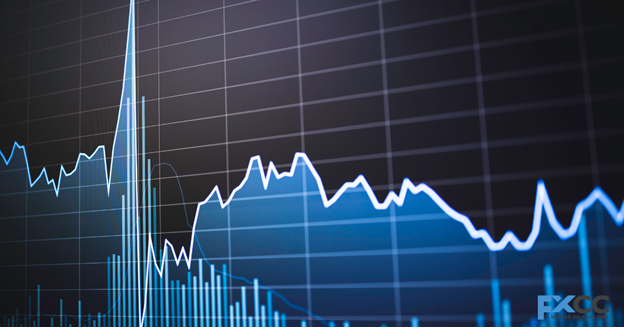
Introduction
In the world of forex trading, charts are essential tools for making smart decisions. Among the different indicators used in chart analysis, moving averages are super important. Let’s dive into how moving averages help us understand forex charts and figure out market trends.
Understanding Moving Averages
What Are Moving Averages?
Moving averages are tools that help smooth out price data. They create an average price that changes as new data comes in. This helps traders spot trends and potential changes in price direction by getting rid of short-term price swings.

Types of Moving Averages
There are a few types of moving averages, but the main ones are simple moving averages (SMA), exponential moving averages (EMA), and weighted moving averages (WMA). Each type calculates the average price differently and reacts to price changes in its own way.
Analyzing Forex Charts with Moving Averages
Spotting Trends
Moving averages are great for spotting trends. They do this by showing us the average price over a certain period. If the moving average is going up, it means the trend is up. If it’s going down, the trend is down.
Finding Support and Resistance
Moving averages also act like invisible lines of support and resistance on a chart. When prices are going up, the moving average often acts as a floor, or support. When prices are going down, it acts as a ceiling, or resistance. Traders pay attention to how prices interact with moving averages to find good times to buy or sell.
Looking for Crossovers
One of the coolest things about moving averages is the signals they give us when they cross each other. When a short-term moving average crosses above a longer-term one, it’s called a golden cross. It’s a sign that the trend is changing from down to up. When the short-term moving average crosses below the longer-term one, it’s called a death cross, signaling a shift from up to down.
Understanding Momentum and Volatility
Moving averages can also tell us about how strong the trend is and how crazy the price swings are. If the gap between short-term and long-term moving averages is getting wider, it means prices are swinging a lot, which can mean more uncertainty. If the gap is getting smaller, it means prices are steadier, which can mean more confidence in the trend.

(FAQs)
- What is the best period to use for a moving average?
The best period depends on your trading style and the timeframe you’re trading. Short-term traders might use shorter periods like 10 or 20 days, while longer-term traders might use 50 or 200 days.
- How do I know if a moving average crossover is significant?
Significant crossovers are usually accompanied by increased volume and follow-through price action. Traders often look for confirmation from other indicators or chart patterns to validate a crossover signal.
- Can moving averages be used in conjunction with other indicators?
Absolutely! Moving averages work well with a variety of indicators like RSI, MACD, and Bollinger Bands. Combining different indicators can provide more comprehensive insights into market conditions.
- Do moving averages work better in trending or ranging markets?
Moving averages are more effective in trending markets where prices are moving consistently in one direction. However, they can still provide valuable information in ranging markets by identifying potential support and resistance levels.
- Are there any drawbacks to using moving averages?
While moving averages are useful tools, they can sometimes lag behind price movements, resulting in delayed signals. Additionally, during choppy or sideways markets, moving averages may generate false signals. It’s essential to use moving averages in conjunction with other indicators and analysis techniques for better accuracy.

